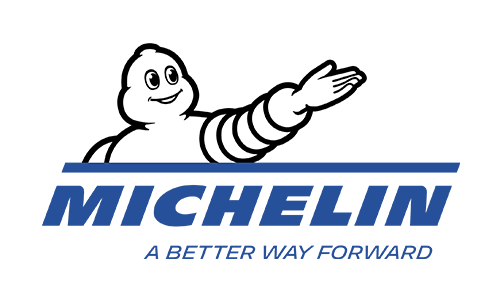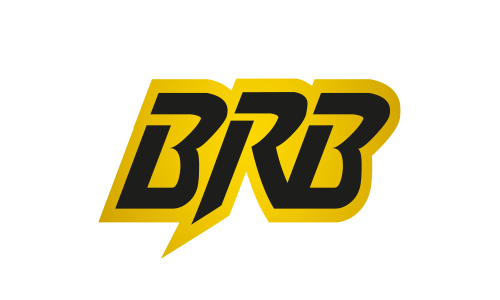Resistance roller seam welding (short form: roller seam welding) is resistance seam welding which is one of the resistance pressure welding processes and was derived from resistance spot welding.
The force and current required for welding are transmitted by a roller electrode and a flat electrode. The electrode configured as a roller presses the parts together and conducts the welding current into the workpieces in a focused manner.
In sheet metal production, coils are joined endlessly in rolling and coating lines. The overlap seam is the most frequently used for reasons of expense.
A disadvantageous effect is the remaining thickening of the cross-section in the seam area, the deflection of the force flow during the transmission of force from one workpiece part to the other and the remaining gap in the contact plane of the two sheets. The latter results in notch effects and crevice corrosion, which is negligible for a pure process seam.
Read more...




























